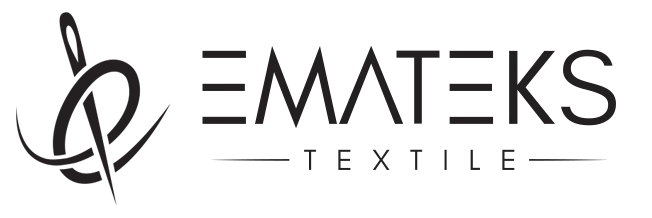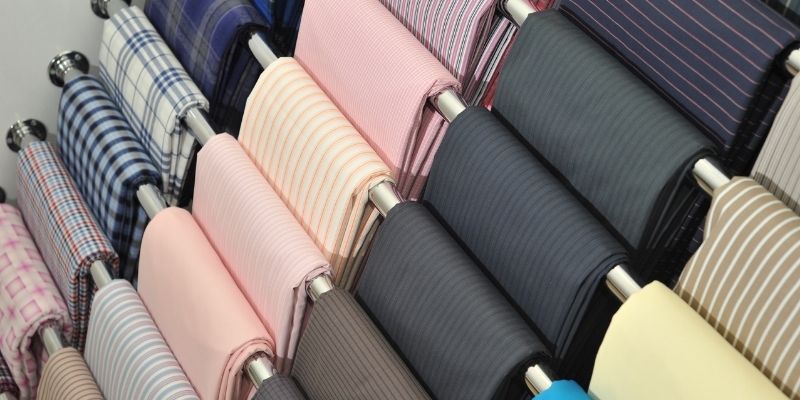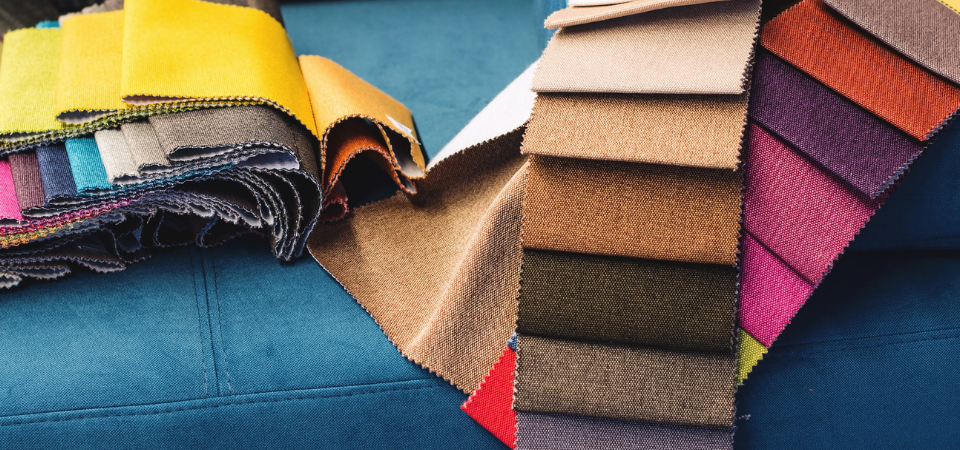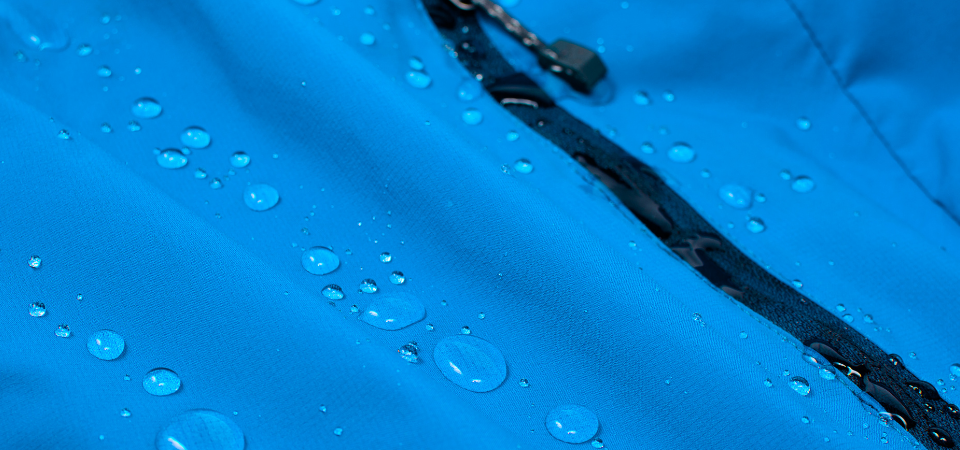
Creative Ways to Repurpose Factory Fabric Remnants
November 14, 2023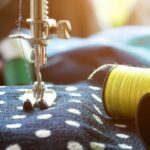
Step-by-Step Guide to Selecting Sewing Machine Threads
November 16, 2023The importance of lifestyle and consumed nutrients for skin health is mentioned everywhere, but the choice of fabric is often a skipped detail for skin health. In daily life, fabrics are materials that come into direct contact with our skin and have a major impact on our health. Synthetic and unhealthy fabrics cause bacterial growth, bad smell, stress, itching, redness and more. It is very important to know and prefer healthy fabrics to prevent this. Although natural fabrics are generally known as healthy, it is also an important detail whether they are produced under organic conditions. Otherwise, when we wear a natural fabric produced with chemicals, our skin will absorb those chemicals as well. For this reason, it is a good option to visit a fabric factory before making a choice and to see the production, paint, and printing processes closely. This article is prepared to inform you about healthy fabrics that blend perfectly with your skin and to change your fabric choices in a healthy direction.
Table of Contents
ToggleWhat Is the Healthy Fabric?
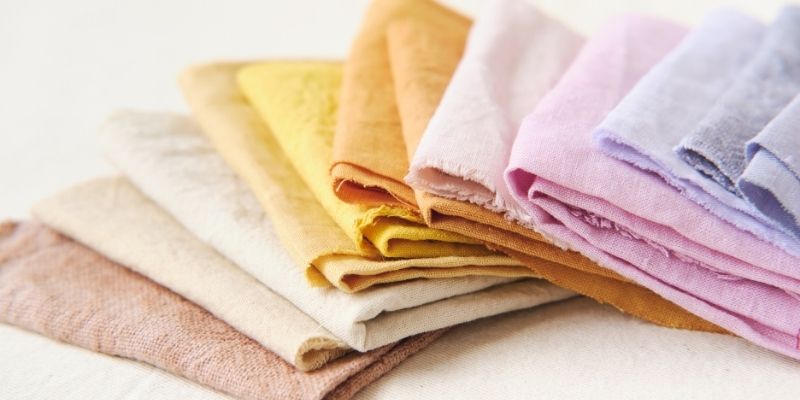
We need healthy and organic foods to eat healthy, as well as healthy fabrics. Especially in everyday wear, our skin is in direct contact with fabrics. Our skin, which is the protective barrier of our body, is greatly affected by fabrics and therefore affects our health. Soft, light, breathable and hypoallergenic fabrics are healthier for us as texture. Since most of these features are also found in natural fabrics, it is possible to consider natural fibers healthy. It is also important to use the fabric in the appropriate season and to be aware of the allergy states so that the fabric is friendly with our skin.
What Are Healthy Fabric Types?
In general, healthy fabrics can also be summarized as cotton, flax, hemp, silk, and merino wool. The features and details of these fabrics are as follows.
1. Cotton
Cotton is the most preferred fabric in the textile industry and thanks to its texture it is skin friendly. Cotton, a natural fabric, has a soft, highly breathable, thin, skin-dischy structure. For this reason, sensitive textile products such as baby clothes are also produced from this healthy fabric. Although cotton is a natural fabric, there is a lot of resource use in production. Cotton produced under organic conditions stands out as both environmental and skin friendly.
2. Flax
Linen is one of the natural fabrics and is produced from linen. Linen fabric, which is an excellent choice especially for the summer months, is light, fairly thin, breathable and moisture absorbing. It is a more sustainable preference and environmentally friendly as it requires very little resource use during its production. Although it takes its place among the healthy fabrics, it is a fabric that wrinkles quickly and costs higher than cotton.
3. Hemp
Hemp produced for industrial use attracts attention with its versatility. Hemp, a fairly healthy fabric, has a short growth cycle and very little resource use. Therefore, it does not harm the ecosystem and is among the most sustainable fabrics. Just like other types of fabric, it is a lightweight, highly breathable, and absorbent fabric.
4. Silk
Although silk is a high-cost fabric, its features make this fabric high quality, and healthy. It has a soft and slippery surface as well as a prominent choice among hypoallergenic fabrics. Structures such as dust do not stick to the surface of the silk fabric, so it provides complete protection against most things that can disturb you. It is quite ideal to use not only in a particular season, but in all-weather cases throughout the year. With the help of the feeling and gentle touch it leaves on the skin, it is also an ideal choice for those with skin diseases.
5. Merino Wool
Merino wool is an advantageous healthy fabric in many ways, but it is important to choose products that are not chemically treated, 100% wool. It has fibers that have a high moisture absorbing feature, can breathe, preventing the reproduction of harmful substances such as bacteria and fungi. Due to its structure, it always keeps the body warm, making it ideal for people who have problems in regulating body temperature. Therefore, it is one of the very healthy and frequently preferred fabric types.
The Impact of Fabric Choices on Health
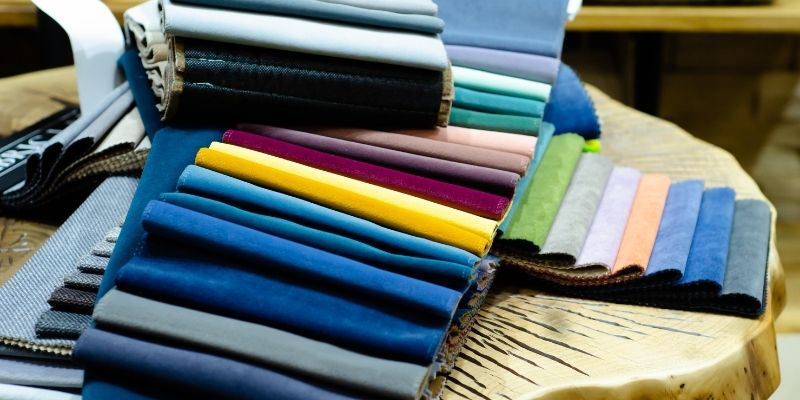
Although not cared enough, fabric selection has a major impact on health. Our skin is our organ that is in direct contact with the world and is the barrier between us and the outside world. Fabrics affect many functions as they come into direct contact with our skin. For example, we tend to lose moisture through the skin, and non-breathing fabrics cause moisture to be trapped in the body. Although this may seem like a small detail, the appropriate environment for the reproduction of bacteria is created in the moist part of the skin and causes body odor. In addition, the chemicals found in the clothes we wear are absorbed by the skin. Therefore, fabrics that use a lot of chemicals during the production phase pose a major threat to health. In addition, fabrics that cause skin irritation, redness, itching, imprison moisture on the body tend to cause a great deal of stress. Choosing the right and healthy fabric is very important to stay away from all this.
Hypoallergenic Fabrics: A Healthier Option
If your body is allergic, it is very important to choose hypoallergenic fabric. Especially in everyday wear, your comfort must be a priority. Hypoallergenic fabrics are known as healthy fabrics and they might help you to be comfortable in your clothes. These fabrics do not contain allergy-causing substances in their structure. While the most accurate choice is to remove and stay away from a list of possible fabrics through an allergy test, there are many types of fabrics on the skin that are unlikely to create allergies such as cotton, wool, and silk. Although these fabrics cause less allergies, it is very important to read their contents and distinguish possible components and chemicals.
Antibacterial and Antimicrobial Fabrics
Antibacterial and antimicrobial fabrics are fabrics that prevent bacteria, mold, and similar microbes from growing and spreading on the fabric surface. In addition to the health facilities where there is a lot of contact with microbes, these healthy fabrics are produced in many different areas. It is preferred in medical clothing, aprons, covers such as bedding, pillows and bedding to reduce cross contamination and the spread of pathogens in healthcare facilities. In addition, it is preferred in sportswear, hospitality industry and during food processing and packaging. Personal protective equipment is also produced from antibacterial and antimicrobial fabrics. Its use in protective equipment such as masks, gloves and aprons is vital. In this way, it takes its place among quite healthy fabrics.
